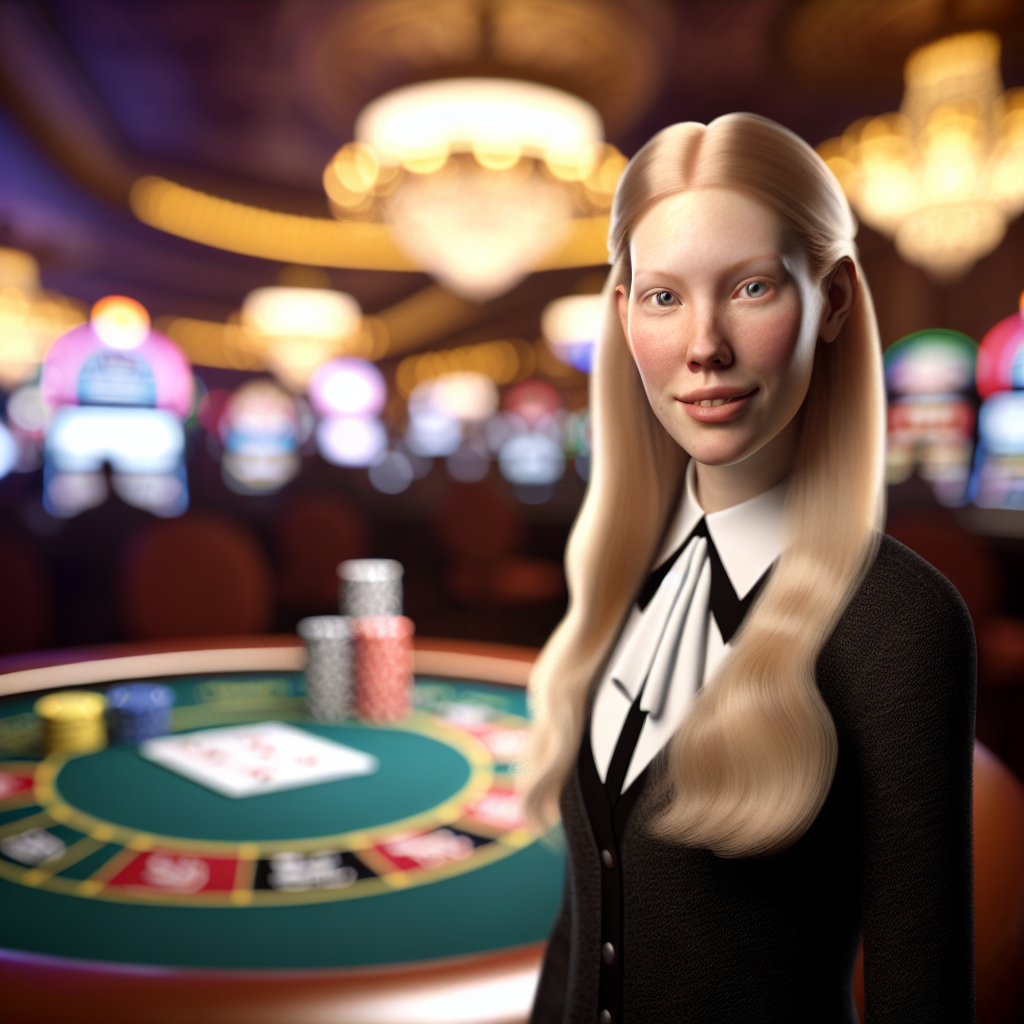
In a dimly lit, opulent casino room, the soft clatter of a spinning wheel echoes, capturing the attention of eager players. This iconic scene is a testament to the enduring allure of one of the world’s most captivating games. As we delve into the history of roulette, we uncover a tale that spans continents and centuries, transforming from its French origins into a global phenomenon.
The Origins of Roulette
Roulette, which translates to “little wheel” in French, traces its roots back to 18th-century France. It evolved from earlier games that involved spinning wheels and betting. Initially, the game was a blend of various influences, but it was in France that it began to take the form recognized today. The wheel used in these early days was quite different from what players encounter now, with variations in the number of slots and colors.
In the mid-19th century, as roulette began to gain prominence across Europe, the game underwent a significant transformation with the introduction of the single-zero wheel in Monte Carlo. This adaptation, spearheaded by François and Louis Blanc, was aimed at reducing the house edge, thereby attracting more players to the casinos of Monaco. The innovation proved so successful that it set a precedent, prompting many European casinos to adopt the single-zero format, which eventually became the standard in most parts of the world. This strategic shift not only increased player engagement but also underscored the role of innovation in roulette’s global expansion, illustrating how a localized change in game design can have far-reaching implications across international gambling landscapes.
Roulette’s Expansion Across Europe
As the game gained popularity, it spread across Europe, adapting to local tastes and regulations. Different regions introduced their own variations, resulting in a diverse array of roulette styles. European countries embraced the game, each adding subtle nuances to its rules and presentation. This period of expansion laid the groundwork for roulette’s widespread appeal, setting the stage for its introduction to the rest of the world.
Arrival in the Americas
When roulette crossed the Atlantic, it found a new home in the burgeoning casino culture of the Americas. The game was adapted once more, leading to the development of the American roulette variant, which features a double zero. This version of the game was designed to increase the house edge, yet it attracted a massive following, especially in the United States, where it became a staple in casinos from coast to coast.
Roulette in Modern Times
Today, roulette is a cornerstone of both land-based and online casinos worldwide. The transition to digital platforms has allowed the game to reach a broader audience, offering players the convenience of enjoying the spinning wheel from anywhere. Online casinos have introduced innovative features, such as live dealer games, which bring the authentic casino experience directly to players’ screens.
Global Impact and Future Prospects
Roulette’s journey from France to becoming a global sensation illustrates its timeless appeal. As gaming regulations evolve and technology advances, the game continues to adapt, ensuring its place in the future of gambling. Whether in a lavish casino or on a mobile device, roulette offers an exhilarating experience that captivates players with each spin of the wheel.
What is the origin of roulette?
Roulette originated in France in the 18th century, combining elements of a French board game and an Italian game called Biribi.
Who is credited with inventing the roulette wheel?
Blaise Pascal, a French mathematician, is credited with inventing an early version of the roulette wheel in the 17th century while trying to create a perpetual motion machine.
Why are there two types of roulette wheels?
The European roulette wheel has a single zero, while the American version has both a single and a double zero, which was added to increase the house edge.
How did roulette spread from France to other parts of the world?
Roulette spread through Europe and eventually to America via French settlers and immigrants, becoming popular in casinos worldwide.
What role did Monte Carlo play in the history of roulette?
Monte Carlo became a hub for roulette in the 19th century, with its elegant casinos attracting European aristocracy and cementing the game’s glamorous reputation.
How did roulette adapt during the 20th century?
Roulette adapted through technological advances, such as electronic betting systems and online casinos, making it accessible to a global audience.
What is the significance of the ‘en prison’ rule in French roulette?
The ‘en prison’ rule allows players to recover their even-money bets if the ball lands on zero, providing a more favorable edge compared to other versions.
How did roulette influence the development of probability theory?
Roulette games contributed to probability theory by providing mathematicians with practical applications to study randomness and chance.
What changes did American casinos make to the European roulette to create the American version?
American casinos added an extra double zero slot to the roulette wheel, increasing the house edge and differentiating it from the European version.
Why is the number sequence on a roulette wheel important?
The number sequence on a roulette wheel is designed to balance low and high, odd and even numbers, providing randomness and ensuring fair gameplay.
How did the roulette wheel design evolve over time?
The roulette wheel design evolved from primitive wooden tables to more sophisticated and balanced wheels, improving precision and fairness in gameplay.
What are some major milestones in the history of online roulette?
Major milestones include the launch of the first online casinos in the mid-1990s, the development of live dealer games, and the integration of mobile technology.
